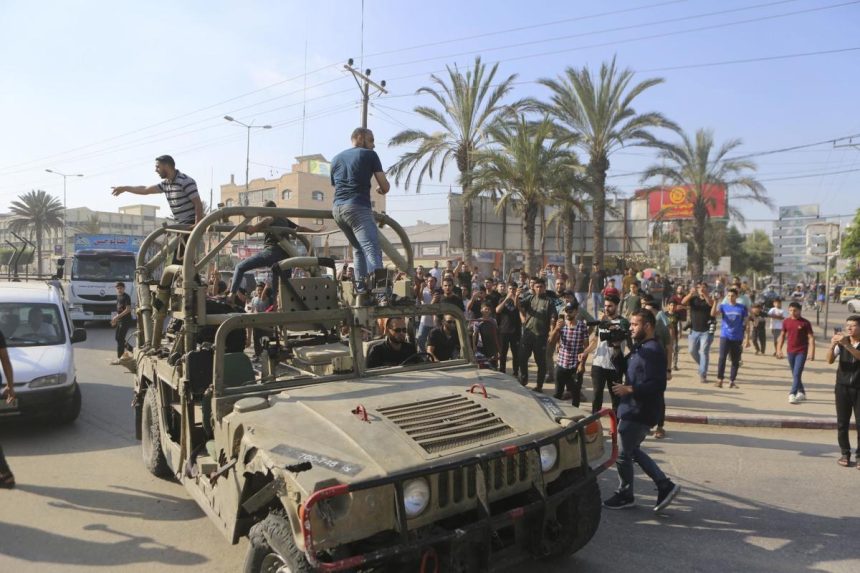Cities on both sides of the enduring conflict between Israel and Hamas have plunged into chaos following an abrupt and startling escalation. On a fateful Saturday, Israel Failed to Detect the Hamas Attack. Involving air, land, and sea targets, resulting in significant casualties and the capture of Israeli soldiers. This unprecedented assault has left the global community bewildered, evoking inquiries into its genesis, purpose, and forthcoming implications. This article delves into five pivotal facets of the Hamas strike on Israel that demand attention.
Israel Failed to Detect the Hamas Attack
A paramount concern stemming from this onslaught is how Hamas orchestrated a synchronized and substantial attack without Israeli intelligence detecting it. This lapse in Israeli intelligence’s ability to foresee this offensive has raised apprehensions. And elicited censure of the government’s security measures. Prime Minister Benjamin Netanyahu‘s administration faces immense pressure due to this security breach. Particularly because his fervent supporters anticipated a more forceful response to threats from Gaza militants. As the count of casualties surges, Netanyahu is compelled to contemplate the prospect of forfeiting both his government and the nation.
Hamas’ Unprecedented Onslaught
Hamas claimed responsibility for the capture of several Israeli soldiers during the assault, disseminating graphic videos purportedly showing militants transporting wounded soldiers and standing near deceased individuals. Although these videos remain unauthenticated, they correspond with the local topography. The apprehension of Israelis harks back to the 2006 abduction of soldier Gilad Shalit, who was held captive for five years by militants affiliated with Hamas before being exchanged for over 1,000 Palestinian detainees.
In a striking escalation unseen in decades, Hamas also utilized paragliders to infiltrate Israel. The Israeli military subsequently acknowledged the abduction of both soldiers and civilians in Gaza but refrained from providing further specifics.
- Advertisement -
Motives Underlying the Assault
Hamas authorities have delineated various longstanding sources of tension between Israel and the Palestinians as the impetus for the attack. These encompass the contentious dispute over the Al-Aqsa Mosque compound, an upswing in visits by Israeli religious nationalists to the site, the expansion of Jewish settlements on land contested by Palestinians, and endeavors by National Security Minister Itamar Ben-Gvir to impose more stringent conditions on Palestinian inmates in Israeli penitentiaries.
Tensions have been further inflamed by recent vehement Palestinian demonstrations along the Gaza border. In negotiations with Qatar, Egypt, and the United Nations, Hamas has advocated for Israeli concessions aimed at alleviating the 17-year blockade on Gaza and addressing a deepening financial crisis that has engendered public criticism of its governance.
Escalation and Counteraction
Hamas dubbed its assault “Al-Aqsa Storm,” prompting a substantial Israeli military campaign termed “Operation Swords of Iron.” Israeli Prime Minister Benjamin Netanyahu proclaimed his nation to be “at war” and pledged to exact “mighty vengeance” on Hamas. In retaliation, Israel targeted multiple sites in Gaza and urged local residents to evacuate for their safety.


